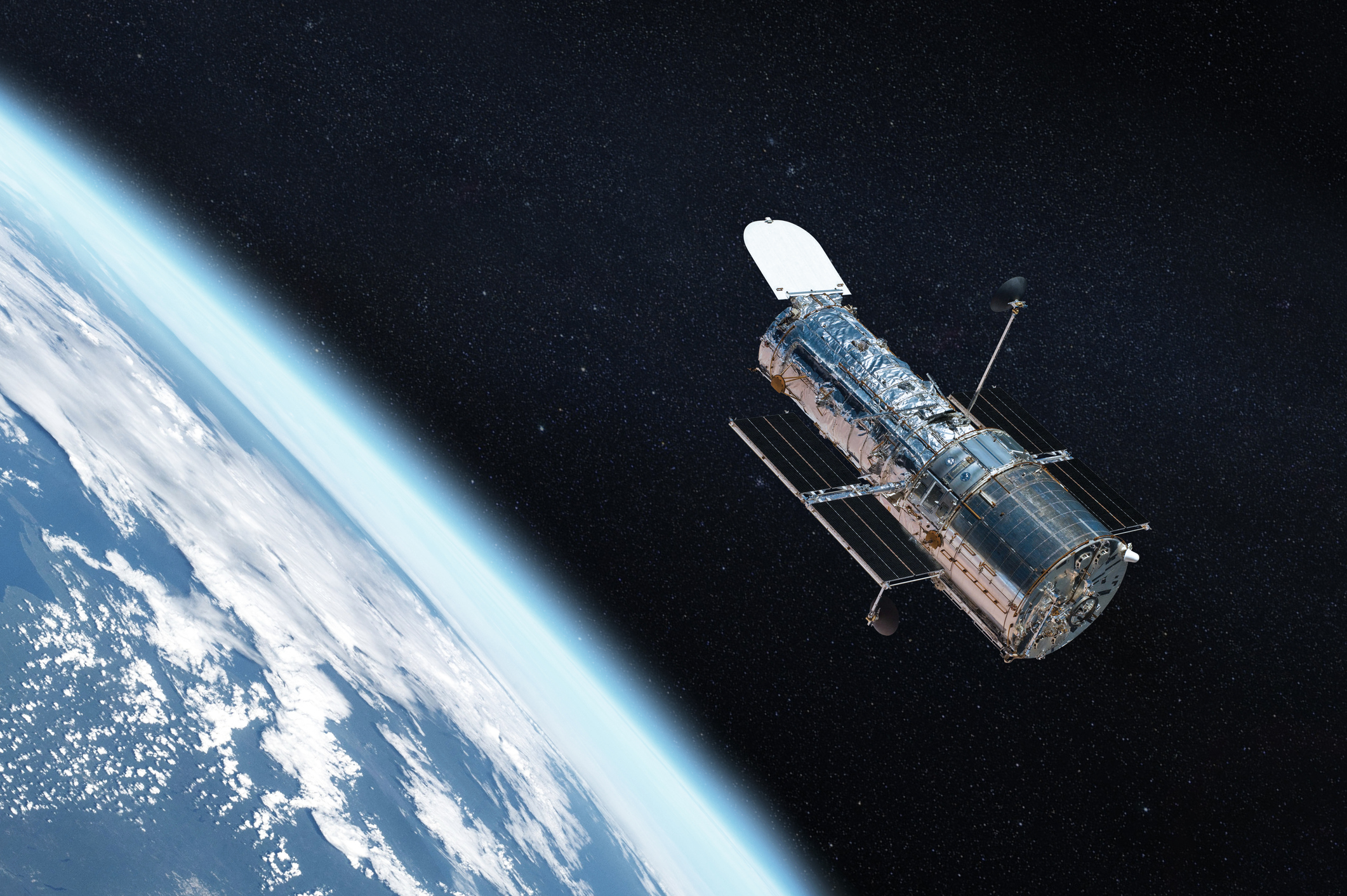
By Kritika Agarwal
A coalition of science, education, and space advocacy organizations, led by the Planetary Society and including AAU, called on congressional leaders last week to protect the portion of NASA that directs the agency’s scientific exploration and research programs from destructive budget cuts proposed by the White House.
The Science Mission Directorate (NASA Science) is one of six mission directorates at NASA; the Trump administration has asked Congress to cut the directorate’s budget by nearly half in the next fiscal year, which begins on October 1.
NASA Science is currently operating dozens of missions that have changed humanity’s understanding of space and broken new frontiers of science and technology, including:
- The Hubble Space Telescope, which has fundamentally altered our understanding of space since it was first launched 35 years ago.
- The James Webb Space Telescope, the largest telescope in space.
- The Perseverance Mars Rover, which is searching for past evidence of life on Mars and collecting rock samples for return to Earth.
- The Parker Solar Probe, which is on a mission to “touch the sun” in order to unravel mysteries about the solar atmosphere and how solar storms affect the Earth.
- And OSIRIX-REx, a mission to return samples to Earth from the asteroid Bennu.
In total, NASA Science is currently overseeing more than 125 space science missions. Through its missions, the directorate engages the nation’s scientific community and advances research in areas such as astrophysics, biological and physical sciences, lunar science, and planetary science.
In FY25, Congress appropriated $7.57 billion to NASA Science to support its missions and the scientific research it sponsors at university, industry, and government labs. However, the Trump administration has proposed a 47% cut to NASA Science and singled out more than 40 of its projects, including 19 active missions, for termination.
Both the House and the Senate Appropriations Committees have thus far rejected the administration’s proposed cuts in FY26 spending bills. But it is increasingly unlikely that Congress will approve NASA’s budget for the next fiscal year before the end of this one on September 30, and reports suggest that the White House is planning to functionally impose a 47% cut to NASA Science by limiting the directorate’s spending after that date.
Ars Technica reported back in July that “the White House and its Office of Management and Budget [OMB], led by Russ Vought, has indicated that in the absence of appropriations legislation it is planning to take measures that would implement the president’s budget request, which set significantly lower spending levels for NASA and other federal agencies.”
As the coalition’s letter notes, a 47% cut to NASA Science “would result in profound disruptions to dozens of projects, including the termination of active and in development missions – actions that would be difficult, if not impossible, to reverse.”
To prevent NASA Science from losing nearly half of its budget, the coalition asked Congress to include language in a continuing resolution (a bill that extends government funding beyond September 30) to prohibit OMB from terminating or pausing NASA missions and projects and to ensure that funds remain available for the duration of the CR to carry on standard operations.
“Congress has already made its intent clear: it rejects these reckless cuts and supports continued investment in NASA science,” said Jack Kiraly, director of government relations at the Planetary Society. He continued: “Without language in the CR, OMB could override that intent, shutting down missions mid-stream, wasting taxpayer dollars, and undermining U.S. leadership in space exploration. Congress must act now to prevent irreversible harm.”
Republican leaders have already released the text of a CR that does not include the language; however, a competing bill released by congressional Democrats does include language specifying that “any mission in operation” by NASA Science “as of September 1, 2025, shall be continued in such operations, development, or formulation” for the duration of the CR.
As the Planetary Society’s chief of space policy explained, the language “does not require any new spending.” He noted: “This is simply a directive to prevent un-strategic and wasteful mission terminations rejected by Congress. NASA’s science missions are unique national assets. We cannot allow them to be terminated by default in a temporary stopgap bill.”
Kritika Agarwal is assistant vice president for communications at AAU.